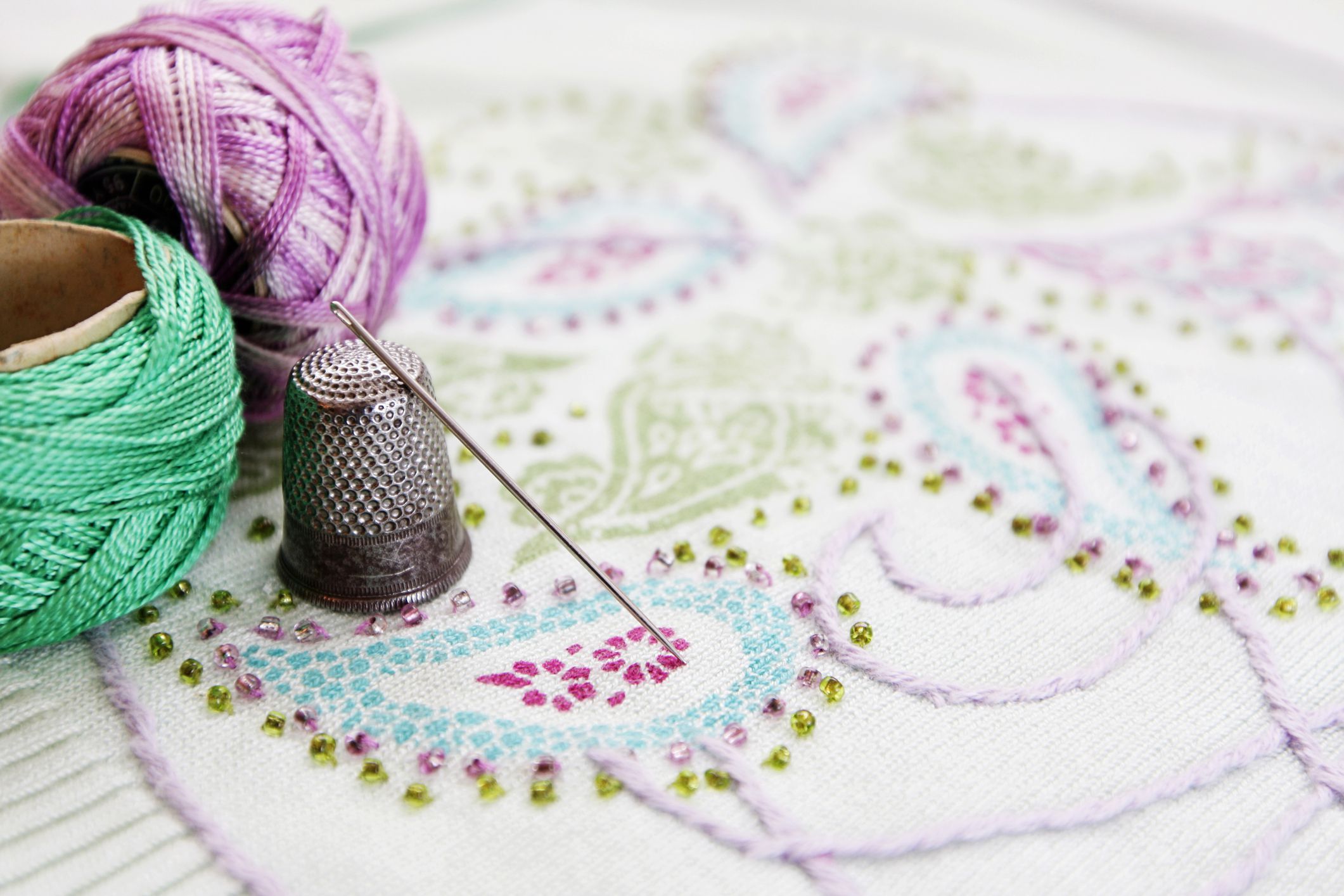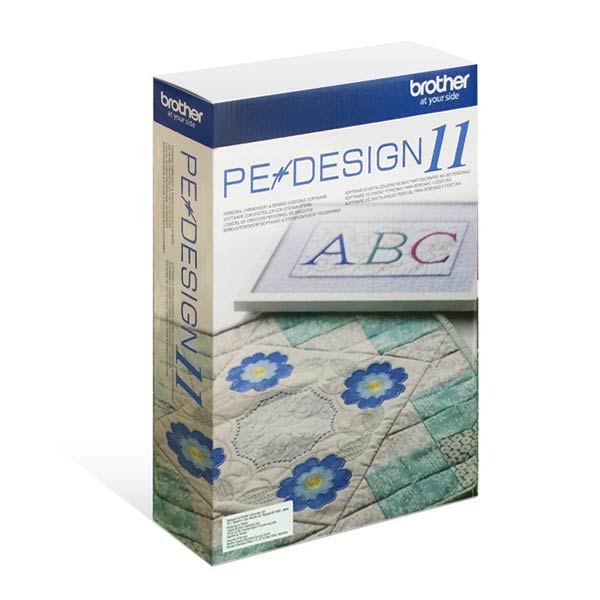Today I offer you an article explaining the importance of the orientation of the embroidery stitches of a pattern when creating it.
If you’ve tried digitizing your own embroidery designs, you’ve probably found that the orientation of the fill stitches can be adjusted. That is, you can set the angle at which the embroidery will be done.
We can then choose to have a constant orientation. The stitches will then always be in the same direction throughout the pattern. But you can also opt for a variable orientation. The orientation of the stitches will vary following the curves of the pattern and according to your settings.
By default, in constant orientation, the sewing angle is 45°. This means that the stitch orientation is 45° from the horizontal.
This is an orientation that works well in most patterns because it limits the risk of deformation and gives pretty reflections to the embroidery.
Nevertheless, we must not neglect some basic rules on the orientation of the embroidery stitches
In order to limit as much as possible the deformations of the pattern during the embroidery, it is preferable to avoid embroidering according to the orientation of the longest edge of the pattern. Better to choose an orientation perpendicular or diagonal to the longest line of the pattern.
Also, if your design has multiple areas of fill, it’s best to vary the orientation of the stitches so the fabric doesn’t always pull to the same side. This will prevent you from having embroidery shifts. In addition, it will give more relief to your pattern.
In other cases, we will rather opt for a variable orientation which will follow the shape of the pattern (in particular to make the outline of a rounded shape for example)
Conclusion
Varying the filling directions of an embroidery therefore brings relief and presence to your design. This also avoids having shifts in the pattern because the fabric does not always pull on the same side.
Do not hesitate to test the same pattern with different embroidery directions, you will be surprised with the result. Depending on the reflections, the embroidery may even appear more or less dense, it’s very surprising.
Related Posts
Discover relevant articles, tutorials, and tips to improve your skills and explore new techniques.
Stay inspired and connected to our embroidery community.







Wow! This blog looks exactly like my old one! It’s on a totally different topic but it has pretty much
the same page layout and design.
Absolutely everyone went above and beyond to be courteous,
friendly and accessible.
It’s enormous that you are getting thoughts from this paragraph as well as from
our discussion made here.